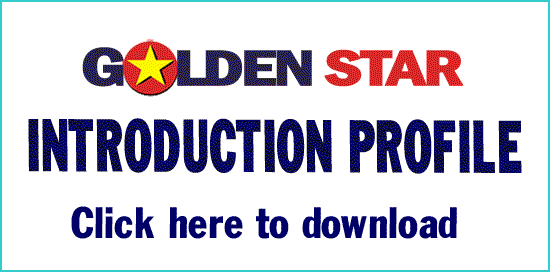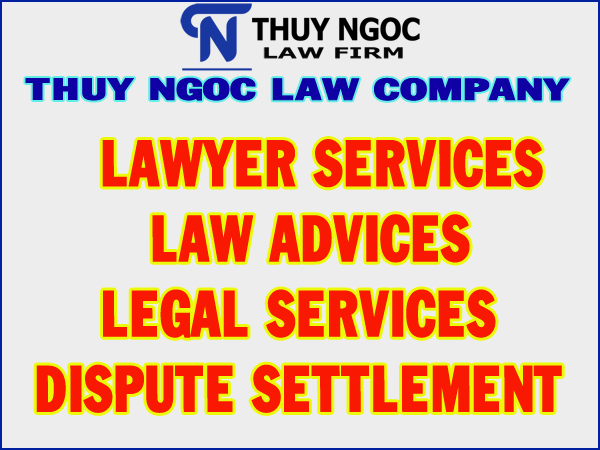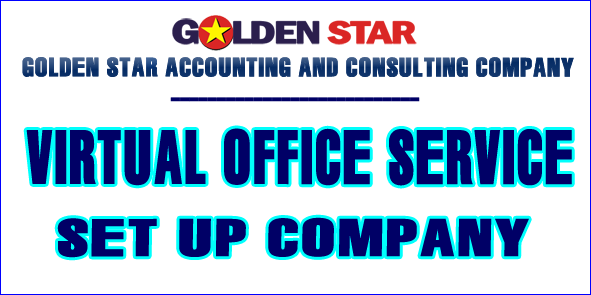Circular 13/2020/TT-BTTTT, July 3, 2020 prescribes determining procedural compliance of software product manufacturing operations for benefitting from corporate income tax.
CIRCULAR
DETERMINING PROCEDURAL COMPLIANCE OF SOFTWARE PRODUCT MANUFACTURING OPERATIONS
Pursuant to Law on Information Technology dated June 29, 2006;
Pursuant to Decree No.71/2007/ND-CP dated May 3, 2007 of the Government on elaborating to Law on Information Technology regarding information technology industry;
Pursuant to Decree No. 17/2017/ND-CP dated February 17, 2017 of Government on functions, tasks, powers, and organizational structure of Ministry of Information and Communications;
Pursuant to Decree No. 218/2013/ND-CP dated December 26, 2013 of the Government on elaborating to Law on Corporate Income Tax;
At request of Director General of Agency of Information and Technology,
Minister of Information and Communications promulgates Circular on determining procedural compliance of software product manufacturing operations.
Article 1. Scope
This Circular prescribes determining procedural compliance of software product manufacturing operations for benefitting from corporate income tax.
Article 2. Regulated entities
This Circular applies to managing agencies, organizations and enterprises related to manufacturing of software products mentioned under list of software products regulated by Ministry of Information and Communications.
Article 3. Manufacturing process of software products
Stages in manufacturing process of software products:
1. Requirement determination, which includes one or multiple following operations: producing or completing ideas regarding developing software products; describing characteristics (requirements) of products; proposing, surveying, and clarifying requirements of software products; analyzing operations; developing complete requirements for software products; consulting about procedural adjustment; consolidating requirements, approving requirement, control capacity and other factors to determine compliance of the products with the requirements.
2. Analysis and design, which include on or multiple following operations: specifically describing requirements (function and non-function requirements, and issues that need to be dealt with); establishing development equation and necessary techniques to best utilize solutions; analyzing legitimacy and examination capacity of the software, analyzing impacts of software requirements on operation environment; listing requirements to be prioritized, approved and updated when necessary; implementing data modeling, function modeling, and information channel modeling; identifying software solutions; designing solution and designing software system; designing data, software structure, designing composition units and modules of software; designing information safety and security for software; designing customer interface.
3. Programming and coding, which include one or multiple following operations: programming software; programming units and modules of software; adjusting, customizing and modifying software; integrating software components; integrating software system.
4. Software examination and experimentation, which include one or multiple following operations: developing testing and experimenting scenarios of units and modules of software; testing software; experimenting software; experimenting software functions; appraising software quality; assessing error possibilities; experimenting information safety and security of software; verifying satisfaction of customers’ requirements; inspecting software.
5. Software product completion and packaging, which include one or multiple following operations: developing documents on software product description, installation manuals (in case of total product transfer), software product manuals (for persons using or hiring services); packing software products; registering models; registering intellectual property rights.
6. Software product installation, transfer, instruction, and maintenance, which include one or multiple following operations: transferring (entire products or rights to use products in form of hiring); instructing installation (in case of total product transfer); installing software products (on customers’ systems in case of total product transfer or on service providing systems in case of lending software products); training and instructing (persons using or hiring services); examining software products after transferring or software products on service providing systems; correcting software products after transferring or software products on service providing systems; providing post-transfer assistance during service rental period; guaranteeing products post-transfer or during service rental period; maintaining software products (on customers’ systems or service providing systems).
7. Publishing and distributing software products, which include one or multiple following operations: selling, lending, distributing, and publishing manufactured software products.
Article 4. Determining procedural compliance of software product manufacturing operations
1. Software product manufacturing operations of an organization or enterprises specified under Article 3 of this Circular shall be considered to be procedurally compliant software product manufacturing operations when the organization/enterprise performs at least any of the 2 stages: Requirement determination, Analysis and design specified under Clause 1 and Clause 2 Article 3 of this Circular respectively.
2. Procedurally compliant software product manufacturing operations specified under Clause 1 of this Article shall be displayed by one or multiple following documents depending on operations within stages performed by the organization/enterprise:
a) Documents proving each operation within the Requirement determination stage: Description of ideas regarding product development methods; description of characteristics (requirements) of products and context of use of products; description of propositions and results of surveys, clarification results, and requirement development results for products; detailed description and analysis regarding operations; description of complete requirements for products; description of contents of consultancy regarding procedural adjustment; records on consolidation of requirements, approval of requirements, description of control capacity and factors to verify adherence to requirements of products; or equivalent documents.
b) Documents proving each operation within the Analysis and design stage: Description of requirements; establishment of development equation and necessary techniques to best utilize solutions; analysis of legitimacy and examination capacity of software, analysis of impacts of software requirements on operation environment; lists of requirements to be prioritized, approved and updated when necessary; descriptions of data modeling, function modeling, and information channel modeling; description of software solutions; solution design and software system design; data design, structure design, designs for composition units and modules of software; designs for information safety and security for software; designs for customer interface; or equivalent documents.
c) Documents proving each operation within the Programming and coding stage: Some primary source code lines to prove that the enterprise writes the software code; description of consolidated software; or equivalent documents.
d) Documents proving each operation within the Software examination and experimentation stage: Scripts of examining and experimenting units and modules of software; description of software experimentation results, software system experimentation results, software function experimentation results, software quality appraisal results; assessment of error possibility; description of information safety and security of software; verification of software’s satisfaction for customers’ requirements; software inspection records; or equivalent documents.
dd) Documents proving each operation within the Software product completion and packaging stage: Total introduction to software products; installation instructions (in case of total product transfer), product or service use instructions (for persons using or hiring the services); copies of model registration certificates (if any); copies of intellectual property right registration (if any); or equivalent documents.
e) Documents proving each operation within the Software product installation, transfer, instruction, and maintenance stage: Transfer contracts or records (entire products or rights to use products in form of hiring); installation instructions (in case of total product transfer); description of software product installation (on customers’ systems in case of total product transfer or on service providing systems in case of lending software products); training and instruction contents (persons using or hiring services); description of software product examination after transferring or software products on service providing systems; description of software product correction after transfer or software products on service providing systems; description of post-transfer assistance during service rental period; description of software product guarantee post-transfer or during service rental period; description of software product maintenance (on customers’ systems or service providing systems).
Article 5. Implementation
1. Agency of Information and Technology is responsible for:
a) organizing implementation of this Circular.
b) consolidating information related to organizations and enterprises as specified under Point b Clause 2 of this Article to serve state management operations.
2. Organizations and enterprises manufacturing software products specified under this Circular are responsible for:
a) being responsible for authenticity of information under applications for preferential tax treatment for software manufacturing operations and determining procedurally compliant software manufacturing operations.
b) submitting information regarding software products and stages within software product manufacturing operations that are procedurally compliant and deducted tax to Ministry of Information and Communications (via Agency of Information and Technology) for consolidation.
c) ensuring that software and software product manufacturing operations do not violate Intellectual property laws and other relevant law provisions.
Article 6. Transition clauses
Software manufacturing operations determined to be procedurally compliant as per the law prior to the effective date hereof shall remain procedurally compliant until the expiry date of approved investment projects.
Article 7. Implementation
1. This Circular comes into force from August 19, 2020.
2. This Circular replaces Circular No. 16/2014/TT-BTTTT dated November 18, 2014 of Ministry of Information and Communications on determining software manufacturing operations.
3. Difficulties that arise during the implementation of this Circular should be reported to the Ministry of Information and Communications (via Agency of Information and Technology) for consideration.
4. Chief of the Ministry Office, Director General of Agency of Information and Technology, heads of agencies and entities affiliated to Ministry of Information and Communications, directors of Departments of Information and Communications of provinces and central-affiliated cities, and organizations and enterprises are responsible for implementation of this Circular./.

















